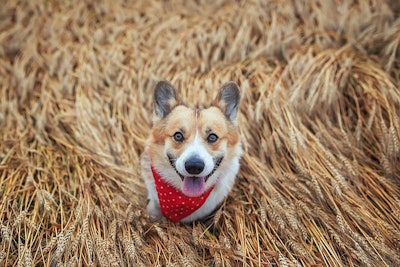
Rye may have factors working for it as a dog food ingredient. The grain uses fewer resources than other crops, so it may be more sustainable. Additionally, researchers found evidence that it provides digestibility on par with more conventional grains. As grains grow in pet food popularity in the wake of DCM and sustainability concerns, rye could find wider use in dog food.
When formulating ecologically responsible pet food, the environmental effects of ingredients become relevant. Rye doesn’t die under conditions that would wither other grains. The hardiness of rye means farmers can grow crops in sandy or peat-laden soils. The crops also withstand cold and snow cover that would kill other grains like winter wheat. Together, this means rye farmers can produce food on marginal lands with less value for other human needs or biodiversity.
Experiment using rye in dog food
To determine if rye could be healthy for dogs as well as ecosystems, researchers conducted an experiment with eight Beagles. The dogs ate either a vegetarian basic diet or the same formulation supplemented with hydrolyzed feather meal and either 20.1% of corn meal, 60.4% of fermented rye or 20.1% of rye.
All fecal scores were within an acceptable range, though feces from dogs the basic diet had higher dry matter. For all diets, the dogs showed a high and identical palatability.
“As a comparable quality of feces and a high nutrient digestibility were observed when rye was used in the experimental diets—it can be considered an alternative carbohydrate source in dog foods,” the researchers wrote in the journal Animals.
Rye rarely used in pet foods
Although rye is both digestible and palatable, pet food formulators haven’t made as much use of it as other grains, even as ancient and alternative grains have increased in popularity. However, rye may have more of a role to play.
“Perceptions aside, there are no substantial technical, nutritional or performance issues associated with rye that would limit its use in pet foods,” Dr. Greg Aldrich, pet food program coordinator at Kansas State University, wrote in his Ingredient Issues column in Petfood Industry: “Why is rye rarely used in petfood?”















